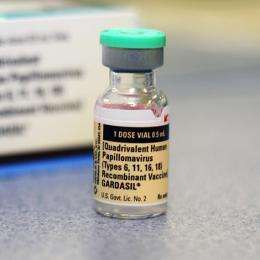

Women who have sex with women (WSW), transsexual men and non-binary people with a cervix are at similar risk of human papillomavirus (HPV) infection and subsequent risk of developing cervical cancers as heterosexual women, but are often never screened or underscreened, according to the authors of a Lessons from Practice article published online by the Medical Journal of Australia.
Dr. Monica McGauran and Dr. Adam Pendlebury, from the Mercy Hospital for Women in Melbourne, reported the case of a 39-year-old woman who was referred for colposcopy with a positive human papillomavirus (HPV) type 16 infection result on a self-collected HPV vaginal swab. She was asymptomatic and was overdue by many years for cervical screening.
“Barriers to regular cervical screening were cited as having difficulty with speculum examination and having a female partner, with the subsequent perception that cervical screening was not required,” McGauran and Pendlebury wrote.
“HPV can be transmitted intravaginally between female sexual partners via digital contact and fomites, such as sex toys. In addition, a proportion of WSW have had previous or have current male sexual partners.”
The authors cited 2001 research which found that 10% of WSW had been told by health care practitioners that they did not need to be screened if they did not have sex with men.
“Other reasons for reduced uptake [of screening] included lower perceived level of risk for HPV infection, provision of health care that was not sensitive or inclusive to non-heterosexual women, and reduced provision of opportunistic health care due to the reduced need for contraception,” wrote McGauran and Pendlebury.
Self-collected samples are now available as part of the National Cervical Screening Program for women over the age of 30 years who have never been screened or who are overdue for screening by two or more years. It is available to be collected in a practitioner-supervised setting (ie, not at home) and is not available to women who are pregnant, symptomatic, or who have a past history of dysplasia.
Source: Read Full Article